Introduction: Gaming in a Digital Revolution
If you’ve been following the gaming industry closely, you’ll have noticed the buzz around “Web3” and its potential to transform online games as we know them. But what exactly is Web3 gaming, and how does it differ from traditional Web2 games? In this article, we’ll dive into the depths of Web3 gaming, explore its potential, and discuss the challenges it faces on the road to mass adoption.
Web2 vs Web3 Games: A Tale of Two Platforms
To appreciate the differences between Web2 and Web3 games, let’s take a step back and explore the two platforms.
Web2 Games: Gaming As We Know It
Web2 games have been the gold standard for the past decade, with popular titles like World of Warcraft (WoW), League of Legends, and Fortnite dominating the market. They’re built on centralized servers, meaning that players have limited control over their digital assets, such as in-game items, skins, and even accounts. Unfortunately, this has led to issues with hacking, fraud, and the loss of hard-earned in-game assets.
Web3 Games: A Brave New World
Enter Web3 gaming. Powered by blockchain technology, Web3 games offer a decentralized alternative that aims to give players more control over their digital assets. Games like Axie Infinity, CryptoKitties, and Decentraland are revolutionizing the industry by allowing players to truly own their in-game items, trade them freely, and even earn real-world value through play.
For instance, Decentraland’s in-game assets, called “axes,” can be bought, sold, and even bred, with some rare breeds fetching thousands of dollars on the marketplace. This creates a more immersive gaming experience that blurs the lines between the virtual and real worlds.
Web3 Gaming: Advancing with Hurdles
While the potential of Web3 gaming is immense, there are still a few roadblocks preventing mass adoption. Here’s a closer look at the challenges and how they compare to their Web2 counterparts.
Complexity and Accessibility
One major hurdle Web3 gaming faces is the complexity of its underlying technology. To start playing a Web3 game, players typically need a digital wallet, cryptocurrency, and a basic understanding of blockchain. This can be a daunting task for the average gamer who’s accustomed to simply downloading and launching a game from a platform like Steam.
In contrast, Web2 games are generally more accessible, with lower barriers to entry. However, as the Web3 ecosystem matures and simplifies its onboarding processes, this gap is likely to shrink.
Gameplay Experience
While Web3 games excel in their ability to provide players with true digital ownership, they often fall short in terms of gameplay experience. Many Web3 games still lack the depth, graphics, and engaging mechanics that are standard in popular Web2 games like Fortnite or Call of Duty.
As more developers enter the space and blockchain technology continues to advance, it’s likely that we’ll see Web3 games with richer gameplay experiences emerge, eventually rivaling their Web2 counterparts.
The Future of Web3 Gaming: A Pixelated Paradise?
Despite its current shortcomings, the future of Web3 gaming is bright. As the technology and ecosystem mature, we can expect an influx of developers and a new generation of games that combine the best aspects of Web2 and Web3 gaming.
With advancements in blockchain technology and an increasing focus on user experience, we’ll see more Web3 games that are easy to play, visually stunning, and most importantly, fun. As more gamers embrace the world of Web3, the line between virtual and real-world value will continue to blur, making Web3 gaming an attractive and potentially lucrative pastime for players worldwide.




